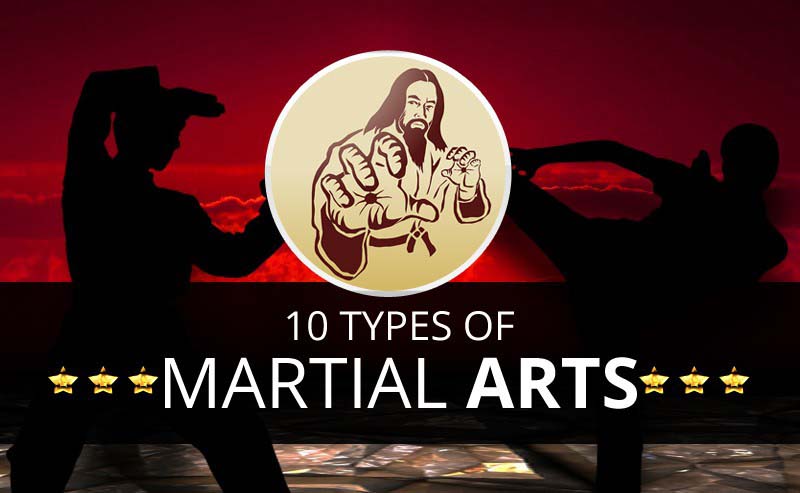Key Distinctions Between Standard Martial Arts And Modern Combat Sports: A Comprehensive Evaluation
Key Distinctions Between Standard Martial Arts And Modern Combat Sports: A Comprehensive Evaluation
Blog Article
Developed By-Keith Haagensen
When you consider martial arts, do you lean more toward the conventional techniques or the modern-day battle sports? seronio kajukenbo offers one-of-a-kind advantages and experiences, formed by their ideologies and training techniques. Traditional martial arts emphasize individual development and self-control, while contemporary fight sports focus on competitors and performance. Understanding these differences can direct you in selecting the appropriate approach for your journey. Yet just how do these differences materialize in training and viewpoint?
The Ideology and Background Behind Conventional Martial arts
While many individuals link martial arts with physical combat, the approach and background behind standard martial arts run much deeper. You'll discover that these techniques highlight individual growth, technique, and respect.
Stemming from old practices, typical martial arts were usually developed for Self-Defense and spiritual advancement. They embody concepts such as equilibrium, consistency, and self-constraint, directing specialists past mere combating abilities.
As you train, you'll not just find out techniques yet additionally gain insights right into the culture and values that shaped these arts. The routines and customs, often passed down through generations, foster a feeling of neighborhood and belonging.
The Affordable Nature of Modern Fight Sports
Modern fight sports have actually transformed the landscape of martial arts into a very competitive field, where professional athletes challenge in an examination of skill, technique, and endurance.
You'll notice that competitors are commonly arranged with stringent regulations and regulations, guaranteeing fair play and safety and security. These events attract large audiences, sustaining the exhilaration and strength of competitions.
Professional athletes train carefully, not just for physical prowess however also for psychological durability, knowing that every detail counts in the ring. martial arts without kicks throughout competitors is palpable, as fighters press their limitations to assert victory.
visit the following post appreciate the athleticism and artistry involved, making modern battle sporting activities a thrilling phenomenon that continues to progress and astound fanatics all over the world.
Training Approaches and Strategies: A Relative Evaluation
The affordable ambience of modern-day fight sports demands cutting-edge training methods that vary dramatically from traditional martial arts.
In modern-day training, you'll concentrate on certain strategies, competing, and conditioning, typically making use of drills that replicate genuine battle situations. You'll see a focus on measurable performance and constant competitors to evaluate your abilities.
In contrast, traditional martial arts focus on forms, katas, and philosophical teachings, usually emphasizing self-control and regard over competition.
Training is generally less extreme and may entail recurring technique as opposed to real-time sparring.
While both methods build ability and health and fitness, modern-day combat sports provide a more dynamic and versatile training environment, preparing you for prompt obstacles in the ring or cage.
Pick the course that aligns with your objectives and rate of interests.
Conclusion
In picking between standard martial arts and contemporary combat sports, it truly comes down to what you value many. If you're seeking individual development, technique, and a feeling of area, conventional arts may be your finest fit. But if you thrive on competitors and real-time challenges, modern fight sports could be the way to go. Inevitably, both paths provide unique advantages, so it's everything about aligning your training with your individual objectives and rate of interests.
